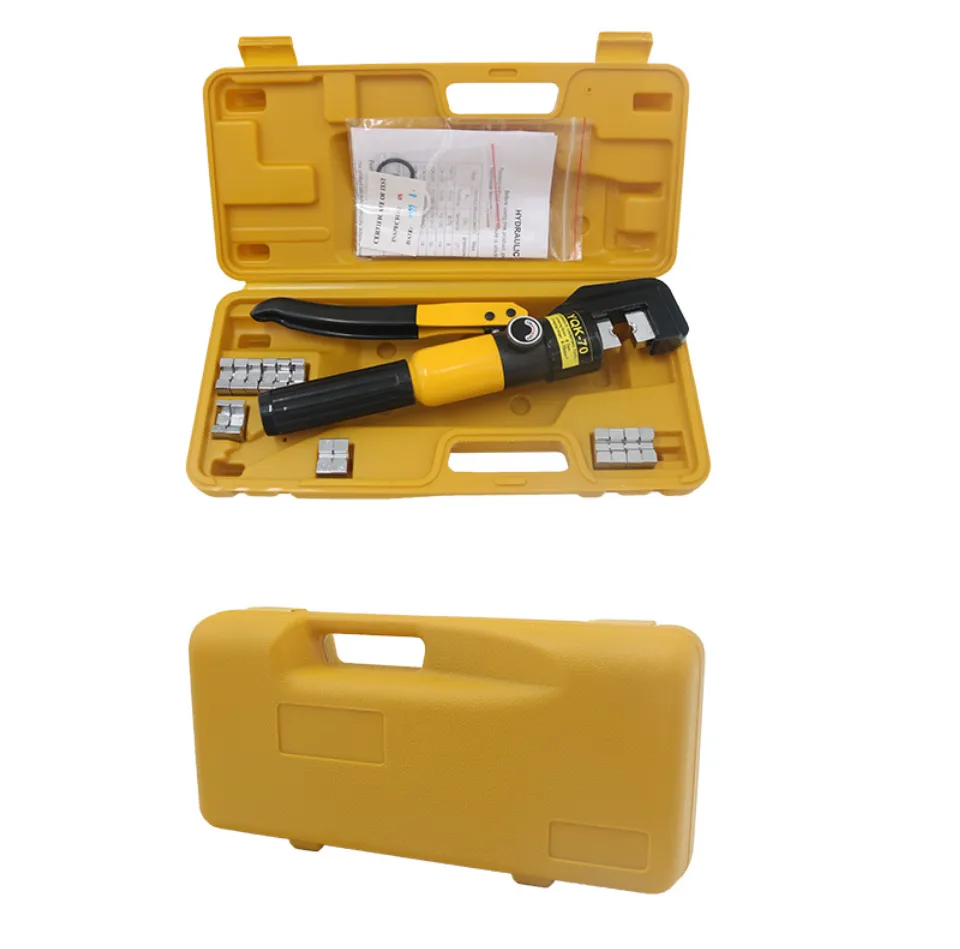
-
 Afrikaans
Afrikaans -
 Albanian
Albanian -
 Amharic
Amharic -
 Arabic
Arabic -
 Armenian
Armenian -
 Azerbaijani
Azerbaijani -
 Basque
Basque -
 Belarusian
Belarusian -
 Bengali
Bengali -
 Bosnian
Bosnian -
 Bulgarian
Bulgarian -
 Catalan
Catalan -
 Cebuano
Cebuano -
 Corsican
Corsican -
 Croatian
Croatian -
 Czech
Czech -
 Danish
Danish -
 Dutch
Dutch -
 English
English -
 Esperanto
Esperanto -
 Estonian
Estonian -
 Finnish
Finnish -
 French
French -
 Frisian
Frisian -
 Galician
Galician -
 Georgian
Georgian -
 German
German -
 Greek
Greek -
 Gujarati
Gujarati -
 Haitian Creole
Haitian Creole -
 hausa
hausa -
 hawaiian
hawaiian -
 Hebrew
Hebrew -
 Hindi
Hindi -
 Miao
Miao -
 Hungarian
Hungarian -
 Icelandic
Icelandic -
 igbo
igbo -
 Indonesian
Indonesian -
 irish
irish -
 Italian
Italian -
 Japanese
Japanese -
 Javanese
Javanese -
 Kannada
Kannada -
 kazakh
kazakh -
 Khmer
Khmer -
 Rwandese
Rwandese -
 Korean
Korean -
 Kurdish
Kurdish -
 Kyrgyz
Kyrgyz -
 Lao
Lao -
 Latin
Latin -
 Latvian
Latvian -
 Lithuanian
Lithuanian -
 Luxembourgish
Luxembourgish -
 Macedonian
Macedonian -
 Malgashi
Malgashi -
 Malay
Malay -
 Malayalam
Malayalam -
 Maltese
Maltese -
 Maori
Maori -
 Marathi
Marathi -
 Mongolian
Mongolian -
 Myanmar
Myanmar -
 Nepali
Nepali -
 Norwegian
Norwegian -
 Norwegian
Norwegian -
 Occitan
Occitan -
 Pashto
Pashto -
 Persian
Persian -
 Polish
Polish -
 Portuguese
Portuguese -
 Punjabi
Punjabi -
 Romanian
Romanian -
 Russian
Russian -
 Samoan
Samoan -
 Scottish Gaelic
Scottish Gaelic -
 Serbian
Serbian -
 Sesotho
Sesotho -
 Shona
Shona -
 Sindhi
Sindhi -
 Sinhala
Sinhala -
 Slovak
Slovak -
 Slovenian
Slovenian -
 Somali
Somali -
 Spanish
Spanish -
 Sundanese
Sundanese -
 Swahili
Swahili -
 Swedish
Swedish -
 Tagalog
Tagalog -
 Tajik
Tajik -
 Tamil
Tamil -
 Tatar
Tatar -
 Telugu
Telugu -
 Thai
Thai -
 Turkish
Turkish -
 Turkmen
Turkmen -
 Ukrainian
Ukrainian -
 Urdu
Urdu -
 Uighur
Uighur -
 Uzbek
Uzbek -
 Vietnamese
Vietnamese -
 Welsh
Welsh -
 Bantu
Bantu -
 Yiddish
Yiddish -
 Yoruba
Yoruba -
 Zulu
Zulu


Oct . 09, 2024 13:15 Back to list
Grounding Rod Cable Clamp for Secure and Reliable Electrical Connections in Outdoor Installations
Understanding Ground Rod Cable Clamps A Crucial Component in Electrical Grounding Systems
In the world of electrical systems, safety and reliability are paramount. One of the key components that ensure these attributes is the ground rod cable clamp. Often overlooked, these clamps play a vital role in grounding systems, which serve to protect both equipment and personnel from electrical faults by directing excess electricity safely into the ground.
A ground rod is a conductive metal rod driven into the earth, providing a direct electrical connection that helps to dissipate unwanted electrical energy into the ground. The effectiveness of this grounding system hinges significantly on the quality and compatibility of the ground rod cable clamp used to connect the grounding electrode—such as a ground rod—to the grounding conductor.
What Are Ground Rod Cable Clamps?
Ground rod cable clamps typically consist of durable materials, such as copper or stainless steel, designed to withstand harsh environmental conditions. These clamps securely attach the grounding conductor to the ground rod, creating a low-resistance electrical connection that is essential for effective grounding. The design of these clamps allows for easy installation and disassembly, which is crucial for maintenance and troubleshooting purposes.
The Importance of Proper Installation
Proper installation of ground rod cable clamps is crucial for the overall grounding system's integrity. A poorly fitted clamp can result in high resistance, leading to inadequate grounding, which may render protective devices ineffective during fault conditions. This could lead to equipment damage or pose risks to safety. Following the manufacturer's specifications regarding torque and installation procedures is essential to ensure a secure connection.
Types of Ground Rod Cable Clamps
ground rod cable clamp

There are various types of ground rod cable clamps available, each catering to different installation needs and grounding systems. Some common types include
1. Single Ground Rod Clamp Designed for connecting one grounding conductor to a single ground rod. 2. Dual Ground Rod Clamp Allows for connection of two grounding rods, which can enhance the grounding system's performance in specific applications. 3. Compression Clamps These clamps utilize a compression mechanism for a secure connection, making them suitable for high-demand environments.
Applications and Compliance
Ground rod cable clamps find applications across various sectors, including residential, commercial, and industrial installations. They are particularly critical in areas prone to electrical surges, such as those near lightning-prone zones or in facilities with sensitive electronic equipment.
Moreover, compliance with local electrical codes and regulations is vital. Standards set by organizations such as the National Electrical Code (NEC) in the United States outline the specifications for grounding systems, including the installation and use of ground rod cable clamps. Adhering to these regulations not only ensures safety but also enhances the reliability of the electrical system.
Conclusion
Ground rod cable clamps may seem like a minor component of an electrical system, but their role is crucial in ensuring effective grounding. As the backbone of safety in electrical installations, investing in quality clamps and adhering to proper installation practices is essential for protecting both people and equipment from electrical hazards. In an ever-evolving technological landscape, grounding systems must be robust, making the significance of ground rod cable clamps more vital than ever.
Latest news
What Are Construction Tools and How Are They Used?
NewsJul.11,2025
Professional-Grade Duct Rodding Tools for Superior Cable Installation
NewsJul.11,2025
Enhancing Safety and Efficiency with Modern Hot Stick Solutions
NewsJul.11,2025
Empowering Cable Installation with Advanced Rodder Solutions
NewsJul.11,2025
Elevate Your Cable Installation Projects with Cable Pulling Tools
NewsJul.11,2025
Efficient Cable Handling Solutions: Cable Rollers for Sale
NewsJul.11,2025











